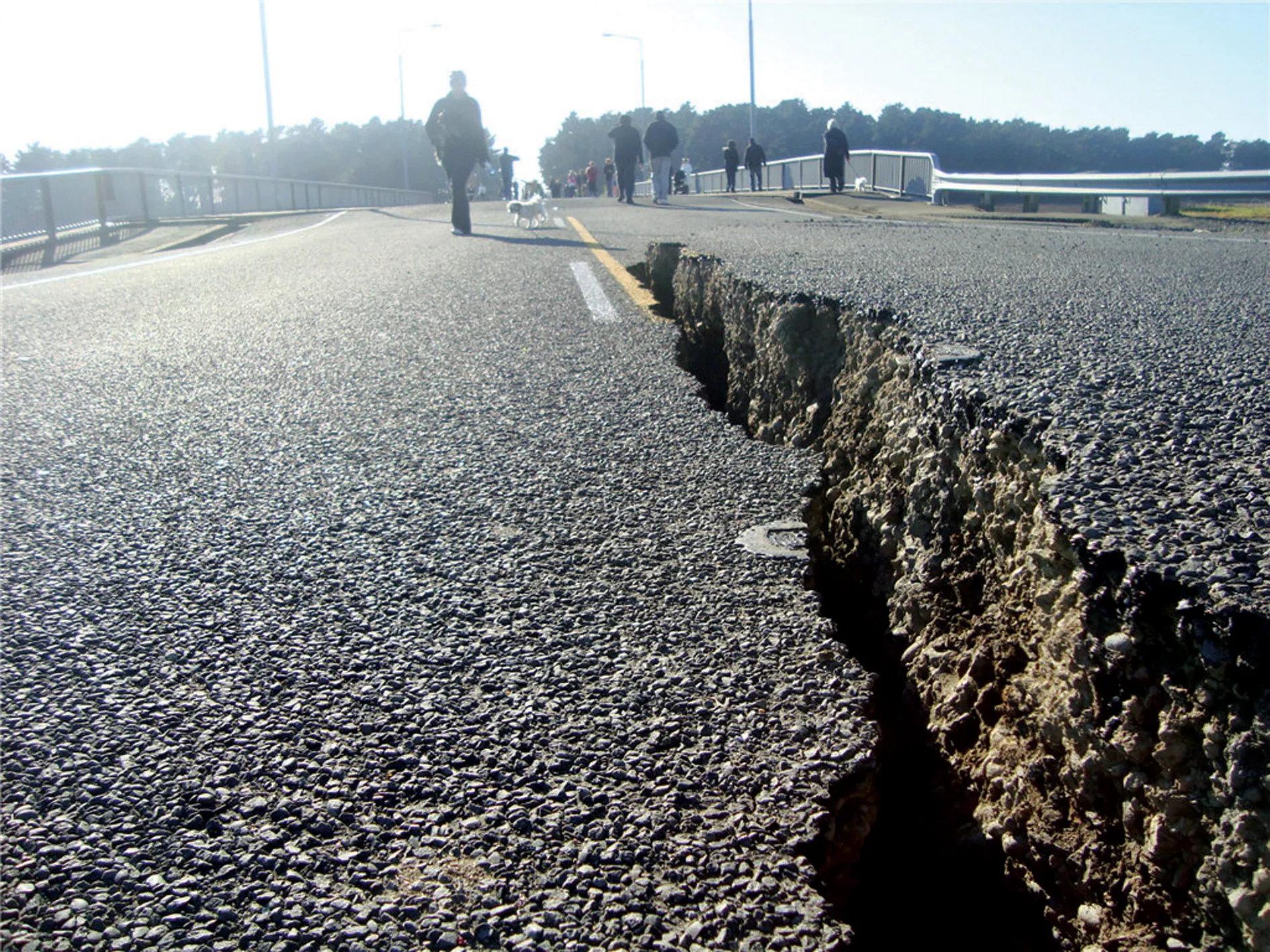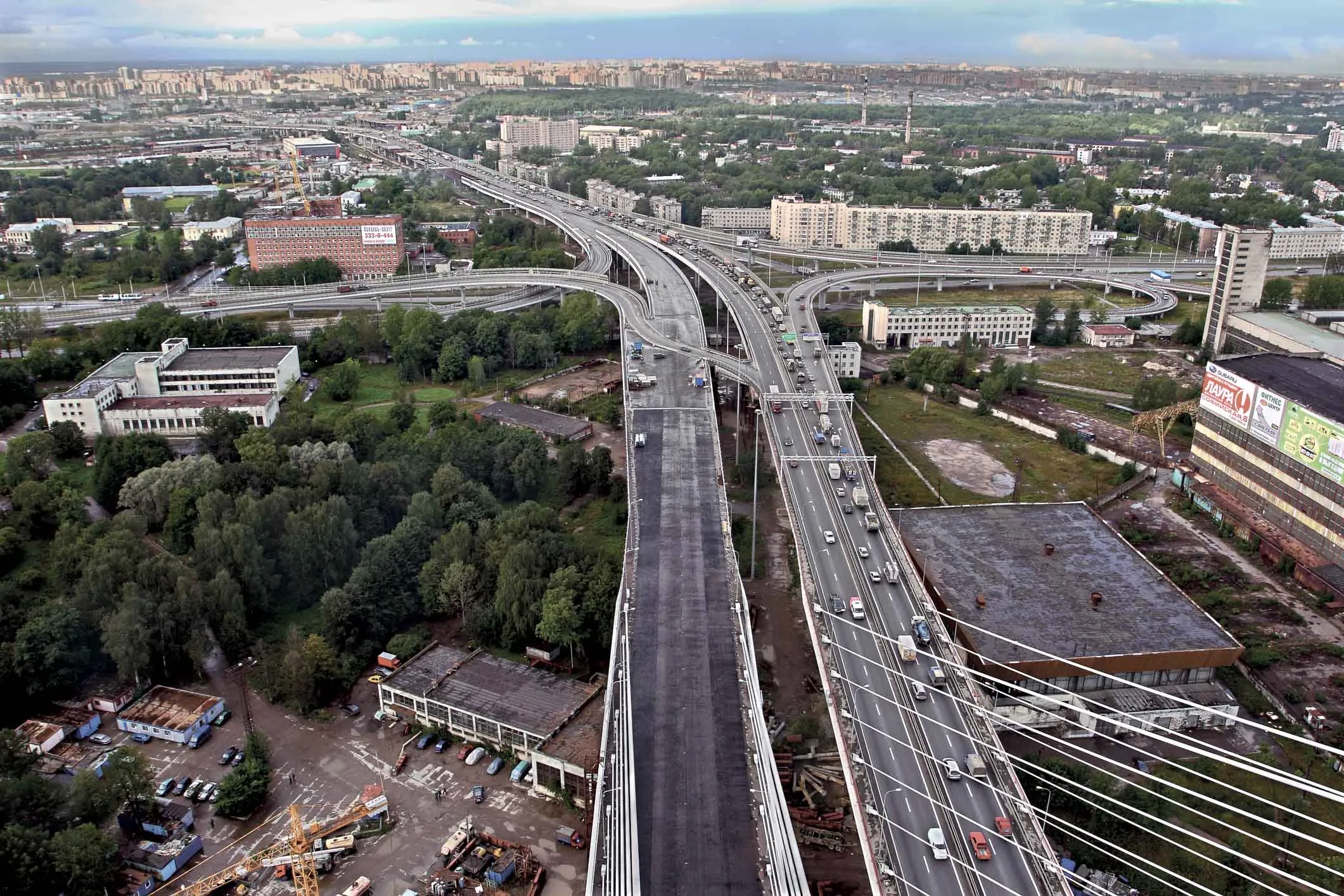Lobby group New Zealand Council for Infrastructure Development has released a report assessing Auckland's congestion problem which costs the city about US$1.02 billion a year.
The city’s increasing car gridlock will grind the economy to a halt, said Stephen Selwood, the group’s chief executive. However, part of the solution, according to the report, could be a major 11km road tunnel from the Panmure district to Auckland’s central business district.
Selwood criticised Auckland city’s transport policy p
May 13, 2016
Read time: 2 mins
RSSLobby group New Zealand Council for Infrastructure Development has released a report assessing Auckland's congestion problem which costs the city about US$1.02 billion a year.
The city’s increasing car gridlock will grind the economy to a halt, said Stephen Selwood, the group’s chief executive. However, part of the solution, according to the report, could be a major 11km road tunnel from the Panmure district to Auckland’s central business district.
Selwood criticised Auckland city’s transport policy paper Unitary Plan, saying that it allows for urban development but with no accommodating public transport infrastructure. "This forces car dependency and makes congestion much worse than it needs to be," he said.
The lobby group’s report also suggests road pricing be implemented, according to the New Zealand Herald newspaper.
Auckland, in the North Island of New Zealand, has a population of around 1.5 million, making it the largest and most populous urban area in the country. It also is home to around a third of all New Zealanders, meaning transportation issues take on particular significance for the economy of the country, as well as national quality of life.
Federal transport minister Simon Bridges said the government about $1 billion a year is being invested in the city's transport infrastructure but "clearly we're going to need to do more over time.”
Auckland’s central business district is already bounded by several major motorways and by the harbour coastline in the north, it is surrounded further out by mostly suburban areas. Panmure is a south-eastern suburb around 11km from the city centre.
The city’s increasing car gridlock will grind the economy to a halt, said Stephen Selwood, the group’s chief executive. However, part of the solution, according to the report, could be a major 11km road tunnel from the Panmure district to Auckland’s central business district.
Selwood criticised Auckland city’s transport policy paper Unitary Plan, saying that it allows for urban development but with no accommodating public transport infrastructure. "This forces car dependency and makes congestion much worse than it needs to be," he said.
The lobby group’s report also suggests road pricing be implemented, according to the New Zealand Herald newspaper.
Auckland, in the North Island of New Zealand, has a population of around 1.5 million, making it the largest and most populous urban area in the country. It also is home to around a third of all New Zealanders, meaning transportation issues take on particular significance for the economy of the country, as well as national quality of life.
Federal transport minister Simon Bridges said the government about $1 billion a year is being invested in the city's transport infrastructure but "clearly we're going to need to do more over time.”
Auckland’s central business district is already bounded by several major motorways and by the harbour coastline in the north, it is surrounded further out by mostly suburban areas. Panmure is a south-eastern suburb around 11km from the city centre.








